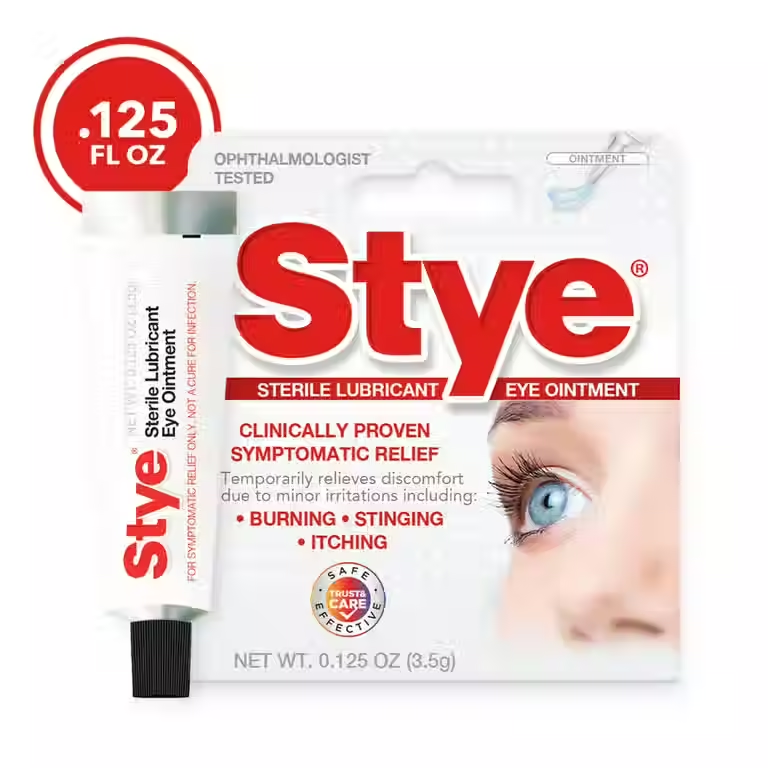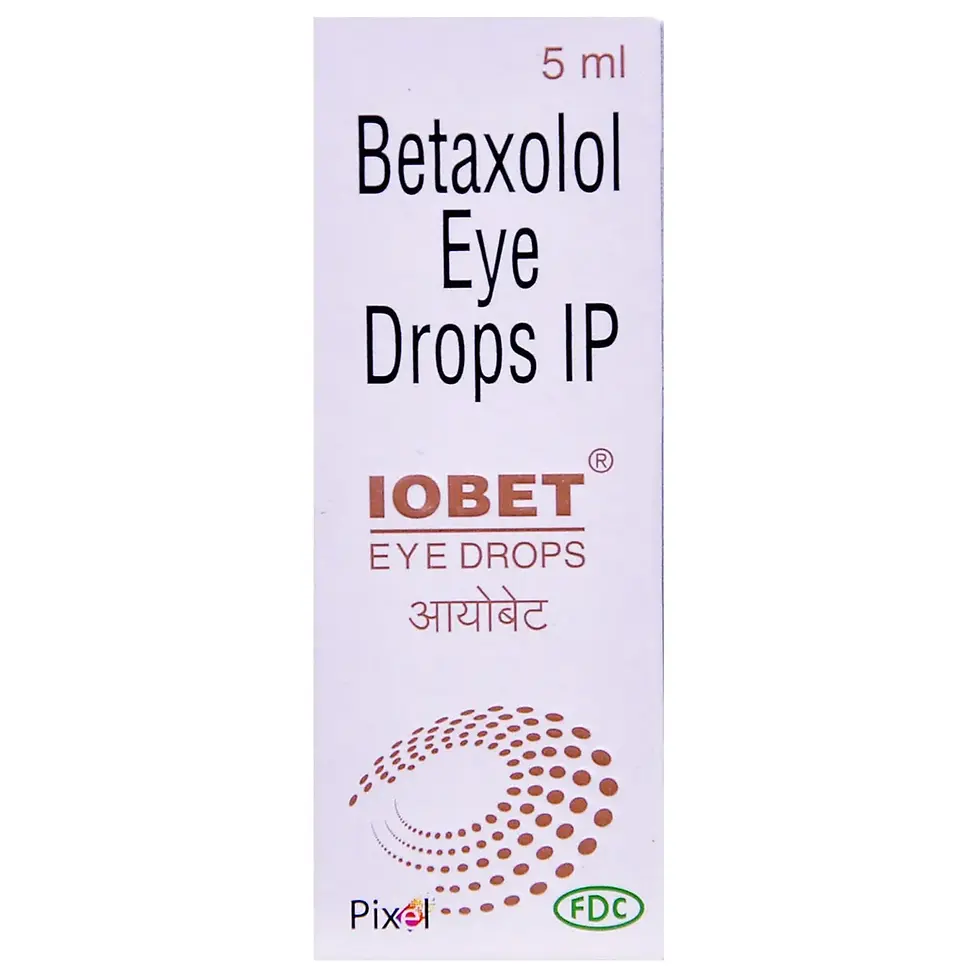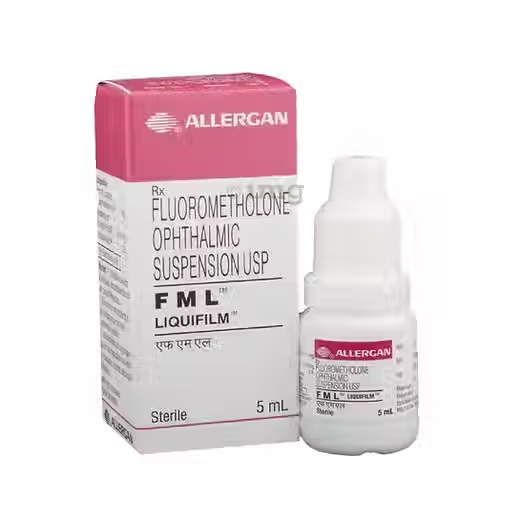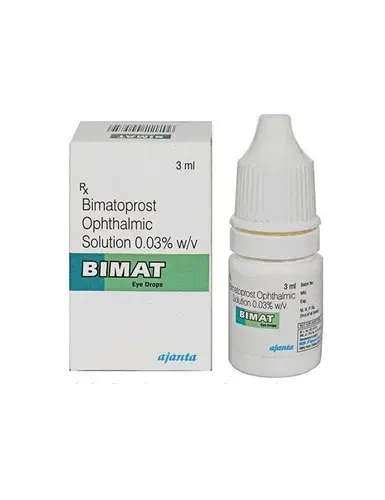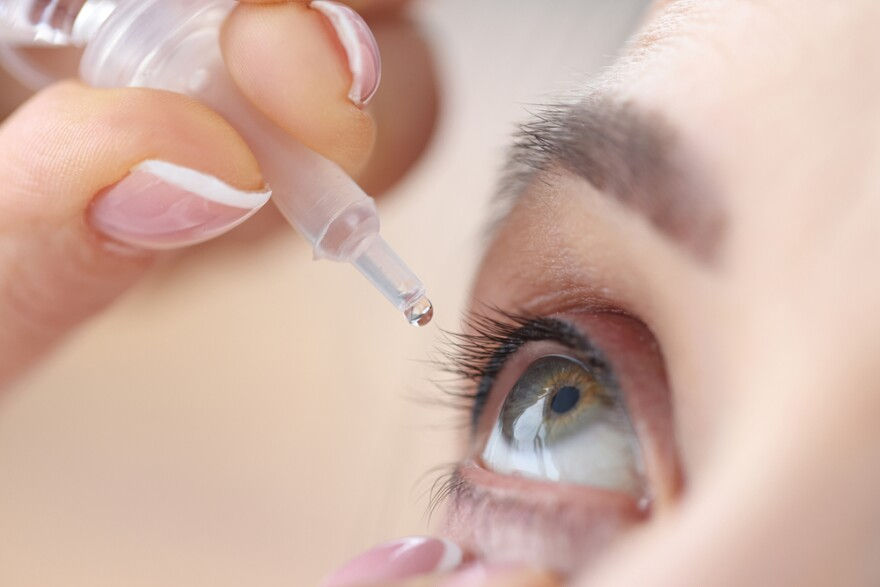Eye care encompasses the prevention, diagnosis, and treatment of common ocular conditions to preserve vision and comfort. From daily lubrication with artificial tears to prescription therapies for infections, allergies, and glaucoma, proper eye care protects your eyes from strain, pathogens, and chronic disease.
-
Dryness & Gritty Sensation: A feeling of sand or burning in the eyes
-
Redness & Irritation: Inflamed or bloodshot appearance
-
Itching & Tearing: Common in allergies and infections
-
Blurry or Foggy Vision: Difficulty focusing clearly
-
Eye Pain & Light Sensitivity: Discomfort on exposure to light
-
Discharge: Watery (viral/allergic) or purulent (bacterial)
-
-
Environmental Factors: Low humidity, air conditioning, smoke, pollen
-
Digital Eye Strain: Prolonged screen time without breaks
-
Allergens & Irritants: Dust, pet dander, chemical fumes
-
Infections: Bacterial conjunctivitis, viral keratitis
-
Chronic Conditions: Dry eye syndrome, glaucoma, blepharitis
-
Nutritional Deficiency: Lack of vitamin A, omega-3 fatty acids
-
-
Extended Device Use: Smartphones, computers, and TV screens
-
Outdoor Exposure: Windy, dusty, or pollen-rich environments
-
Contact Lens Overuse: Wearing beyond recommended hours
-
Seasonal Allergies: High pollen seasons or mold spores
-
Airborne Irritants: Chlorine in pools, strong perfumes, or cleaning agents
-
-
Visual Acuity Test: Charts to measure distance and near vision
-
Slit-Lamp Examination: Magnified inspection of front eye structures
-
Tear Film Analysis: Schirmer’s test for tear production
-
Tonometry: Measures intraocular pressure for glaucoma screening
-
Fluorescein Staining: Detects corneal abrasions or ulcers
-
Fundoscopy: Examines the retina and optic nerve health
-
-
Artificial Tears & Lubricants:
-
Carboxymethylcellulose, Hyaluronic Acid drops for dry eye relief
-
-
Antihistamine & Mast-Cell Stabilizer Drops:
-
Olopatadine, Ketotifen for allergic conjunctivitis
-
-
Antibiotic Eye Drops & Ointments:
-
Moxifloxacin, Tobramycin, Chloramphenicol for bacterial infections
-
-
Anti-Glaucoma Agents:
-
Latanoprost, Timolol, Brimonidine to reduce intraocular pressure
-
-
Nutritional Supplements:
-
Vitamin A, Lutein-Zeaxanthin, Omega-3 capsules for retinal health
-
-
Adjunctive Measures:
-
Warm compresses for blepharitis
-
Screen breaks (20-20-20 rule: every 20 min look 20 ft away for 20 sec)
-
Proper contact lens hygiene
-
-
Q1: How often should I use artificial tears?
A: For mild dryness, 2–4 times daily; severe cases may require every 1–2 hours—follow product instructions.
Q2: Can I wear contact lenses after applying eye drops?
A: Wait at least 10 minutes after drops unless they’re labeled “compatible with contacts.”
Q3: How do I know if my redness is allergy or infection?
A: Allergic redness is usually itchy and watery; bacterial infections often produce stickier, colored discharge.
Q4: Are anti-glaucoma drops lifelong?
A: Often yes—glaucoma management requires ongoing pressure control to prevent vision loss.
Q5: What diet supports eye health?
A: Leafy greens, oily fish (omega-3), carrots (beta-carotene), nuts, and citrus fruits supply key nutrients.







